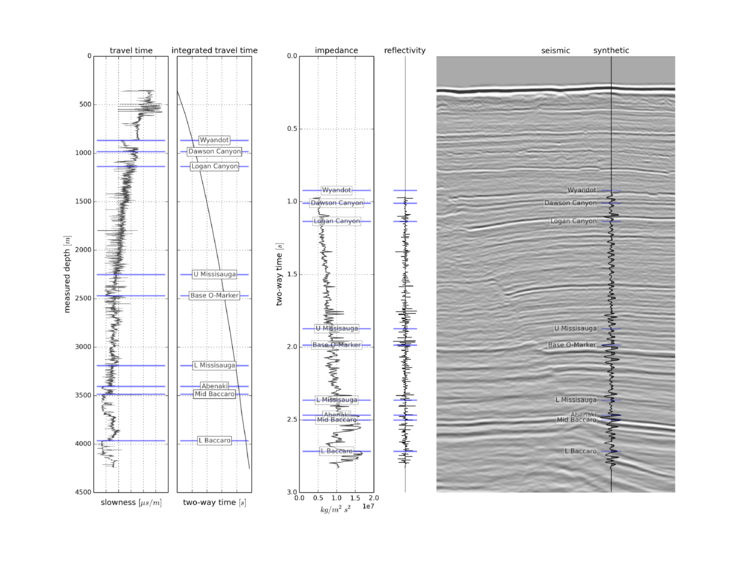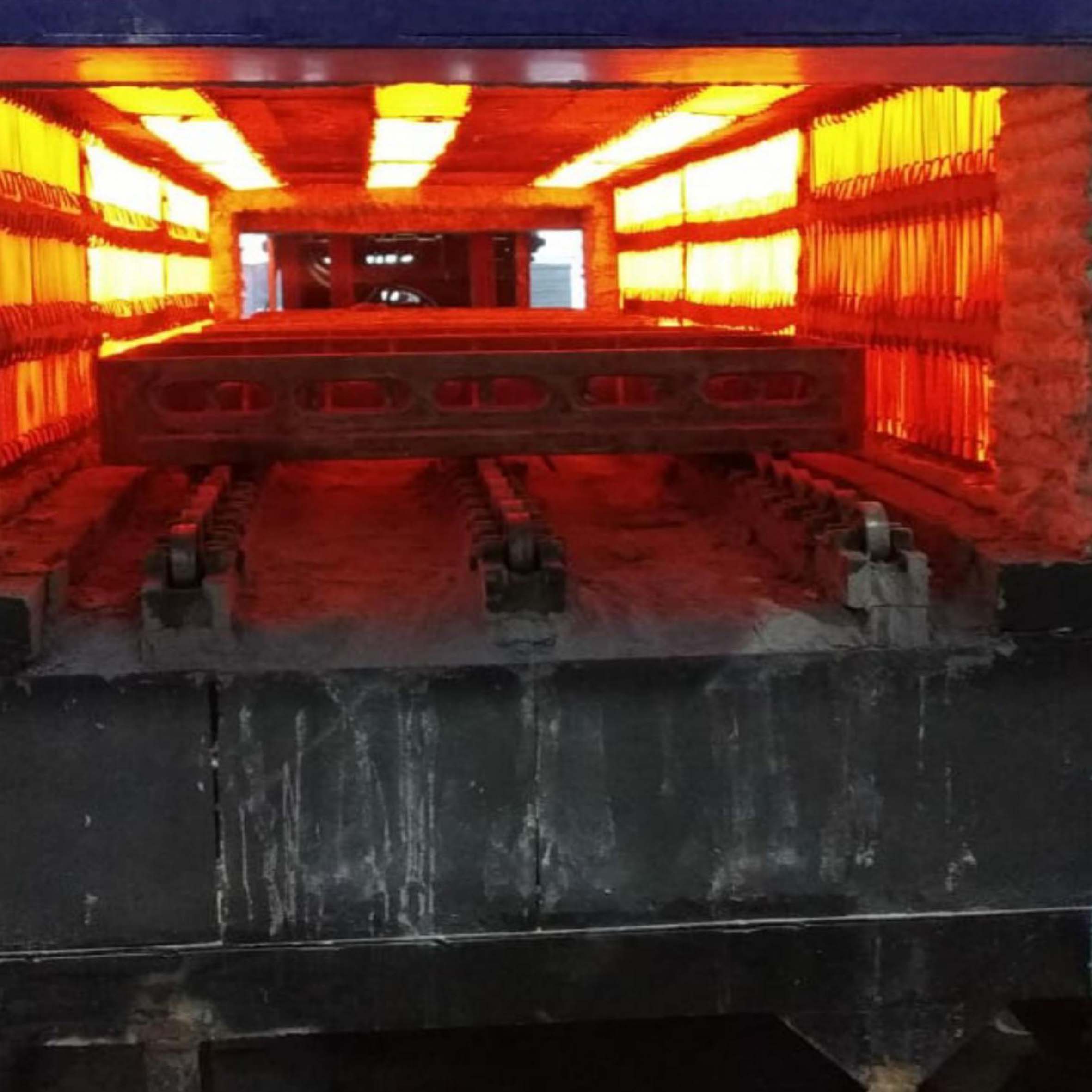
Depth Conversion & Uncertainty Estimation - Consultation



Share
Description of Consultation
After a robust velocity model is built specific to a geological setting, depth conversion is a task to stretch TWT-Depth. Any standard software can provide depth domain products: Seismic, logs, AI, faults, surfaces, horizons, etc. However, we have to address the products with a defined uncertainty before we drill the prospect or develop the prospect
Applied Geoscience deploys deterministic as well as stochastic workflows for Uncertainty evaluation and reporting
Input uncertainties
The estimated uncertainties on a prospect are divided into a velocity uncertainty and a TWT uncertainty. This section gives a practical guide on how to estimate these uncertainties.
1) TWT uncertainty
The seismic workflow involved to develop a structural TWT model up to TD conversion can be divided into three main stages, acquisition, processing, and interpretation. They are all uncertain. These uncertainties can be incorporated into a TWT uncertainty map.
Seismic acquisition
The main distinction can be made between offshore acquisition and onshore acquisition. In offshore acquisition, noise is primarily due to sharp changes in the seafloor topography, equipment noise & noise related to the activities. Onshore vibrators/blasts coupled with topographic variability can cause the data to be noisy. As a noisy image mostly complicates the interpretation, this uncertainty will be incorporated in the interpretation phase.
Seismic processing
The objective of the processing stage is to make make an accurate image of the subsurface. Errors made in processing can lead to a noisy image, and to positioning uncertainties of the reflectors. The uncertainty due to the noisy image is incorporated into the interpretation uncertainty.
Interpretation
If the seismic data is noisy it might be difficult to pick the top reservoir. The uncertainty associated with low data quality/noisy data is the picking uncertainty. If the interpretation of the top of the reservoir is difficult due to low data quality it is advised to interpret a range of top reservoir characterizations.
2) Velocity uncertainty
The velocity uncertainty is probably the single largest uncertainty in deterministic/stochastic TD conversion. It depends on the velocity model and the input velocities that are used.
Robust depth uncertainty maps to de-risk the reservoir
Workflow for Uncertainty estimation (Deterministic)
The only input required for this method is the TWT maps of the horizons, a velocity model, and well markers of the horizons. If there are not enough wells in the region it is better to use the stochastic TD-conversion.
The first step of this workflow is to make a depth map by a deterministic TD conversion. It is important for this method that the velocity model that is used is calibrated to the wells.
The blind well analysis is performed by dropping one well. This process can be repeated for each well, resulting in a residual at each well. These residuals give a good overview of the depth residuals that would be made with the used velocity model if a well was drilled without having prior knowledge of the velocity at the well location.
To convert this to a depth uncertainty map we make use of the geostatistics of the residuals.
Workflow for Uncertainty estimation (Stochastic)
To perform the stochastic TD-conversion a monte carlo simulation is deployed
For this simulation, it is assumed that both the velocity and the TWT have Gaussian PDF functions, with uncertainty defined as the two standard deviations. For the velocity uncertainty, we deploy similar estimations.
Stochastic uncertainty estimation requires an estimate of the input uncertainties to create a depth uncertainty map.
What you will get from meeting with me
Depth Conversion & Uncertainty Estimation - Consultation
Things I can do. Things I can offer
Depth Conversion & Uncertainty Estimation - Consultation
My Classification
Energy Service Company,Engineering Company,Consulting Company,Contractor,Sub-Contractor
My Experience Level
Senior
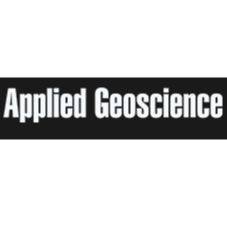
About Applied Geoscience
Applied Geoscience is a privately owned Sub-Surface Company (AGP) that specializes in seismic processing, velocity modelling, depth conversion & Seismic Uncertainty Evaluation. HQ of AGP is in Perth, Australia with partnerships with leading companies in Calgary, KL, USA & UK.
Areas of expertise include regional & field-scale data integration, seismic and well data interpretation & geophysical support for field development & drilling.
Ratings & Reviews
No Ratings & Reviews given yet..
More Consultations From Applied Geoscience

Depth Conversion & Uncertainty Estimation - Consultation

Applied Geoscience
400/hr
Similar Consultations (Recommended consultations)
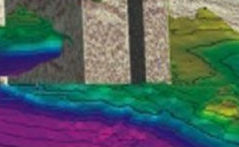

GPG SERVICES S.A.
250/hr
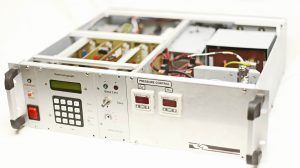

Electronic Construction Service - ECS
100/hr

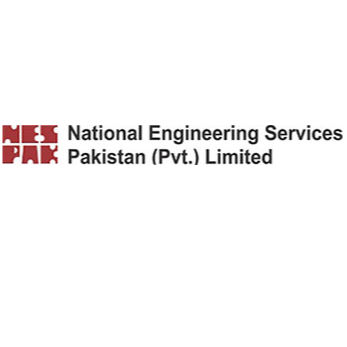
National Engineering Services Pakistan (Pvt.) Limited (NESPAK)
1000/hr


Well Log Digitizing
100/hr





